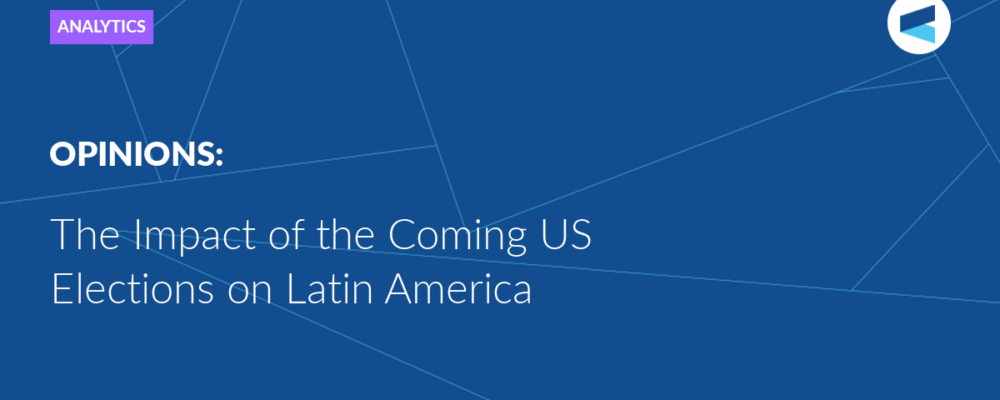Second, at the level of practical policy, the Trump administration is carrying out many activities that rhyme with the classic imperialist policy of more than a century ago. These practices include:
1) A return to spheres of influence, both at the level of rhetoric and, somewhat more covertly, at the level of practice. The Trump administration has already made several statements about its intention to establish some degree of control over Canada, Greenland and Panama. It remains unclear how the current American leader sees this control and whether he intends to implement these publicly voiced plans.
2) Devaluation of state sovereignty – it cannot be said that previous periods of American foreign policy history were characterised by increased reverence for the sovereignty of independent countries. However, in the context of the liberal order, entire concepts were created and used to devalue this political category (for example, the notorious “Responsibility to Protect”).
3) Segregation of states in terms of their power and technological potential – the Trump administration has repeatedly demonstrated that it is ready to take into account the interests of only strong states that have sufficient military and economic potential to repel American policy. Trump’s mocking remarks about the Ukrainian leadership and imposition of an economic agreement on Kiev that is disadvantageous to Ukraine, which was presented by Washington as beneficial for a country with so many problems, rhymes well with the reasoning of the imperialists of the past – about dividing peoples into strong and progressive and weak and underdeveloped, and about the right and even the duty of the former to dominate the latter.
4) The use of instruments of force to achieve economic expansion is a classic imperialist policy – while, again, it can hardly be said that Washington has not pursued such a policy over the past century. However, as in the case of the devaluation of state sovereignty, this practice has expanded, taking, in particular, the form of a global tariff war. Trump also uses instruments of military force.
However, despite the obvious similarities, in practice the policy pursued by the Trump administration still differs significantly from the practice of classical imperialism.
The fuel that drove American expansionism at the turn of the 19th and 20th centuries was the idea, established in the minds of intellectual and political elites, of the finiteness of markets and spheres of capital investment, from which the need to establish control over new territories was derived. American economist and journalist Charles Conant wrote: “The United States cannot afford to adhere to a policy of isolation while other nations are reaching out for the command of these new markets…. The entry of the United States upon the competition for the world’s markets means some radical changes in their existing policy, but it means an enlarged share in the world’s earnings and in the respect of other civilised states.” These ideas, as it later turned out, were to a certain extent not objective, but speculative, if not chimerical. Thus, John Hobson, a witness and researcher of economic expansionism of that time, pointed out the economic inconsistency of this policy and the colonial systems it formed – at least due to the fact that most of the captured territories did not provide significant benefits, but created visible military and administrative costs. The growth of the latter to a certain extent ultimately led to the collapse of most colonial empires, and to some extent contributed to the limitation (or restructuring) of American expansionist policy.
The current iteration of imperialism – a kind of imperialism 2.0 – has some similarities with the past at the level of rhetoric. As mentioned above, Donald Trump views such classic “imperialist” foreign policy instruments as spheres of influence and the establishment of protectorates as quite functional, not contradicting political logic, but on the contrary, corresponding to it. However, the internal economic logic of the current policy is quite radically different from the past.
Although the rhetoric and many aspects of the Trump administration’s policy – protectionism, expansionism, focus on physical trade – are criticised by opponents as “something from the past,” the nature of Washington’s current actions is fundamentally different. Donald Trump and his advisers are not guided by the logic of the “finiteness of markets” and the struggle for them; moreover, from today’s perspective, these ideas seem quite naive. The current US foreign economic policy is based not only on the idea of occupying markets, but also on the directly declared desire for industrial and technological superiority. The achievement of the latter, as understood by the current administration, can be achieved by concentrating material and intellectual resources in the United States.
Separating the past and the present, we can conditionally talk about “modern imperialism” (classical imperialism, the era American leaders like to refer to today) and “postmodern imperialism” (aka imperialism 2.0). The first was associated with the desire to increase physical exports, primarily industrial goods, as well as the export of capital abroad on the most privileged terms, which could be achieved, including by force. The direct continuation of this policy was the export of industrial capacity abroad and the formation of international value chains, which reached their peak in the era of the global liberal order.
The Valdai Discussion Club was established in 2004. It is named after Lake Valdai, which is located close to Veliky Novgorod, where the Club’s first meeting took place.
Please visit the firm link to site






